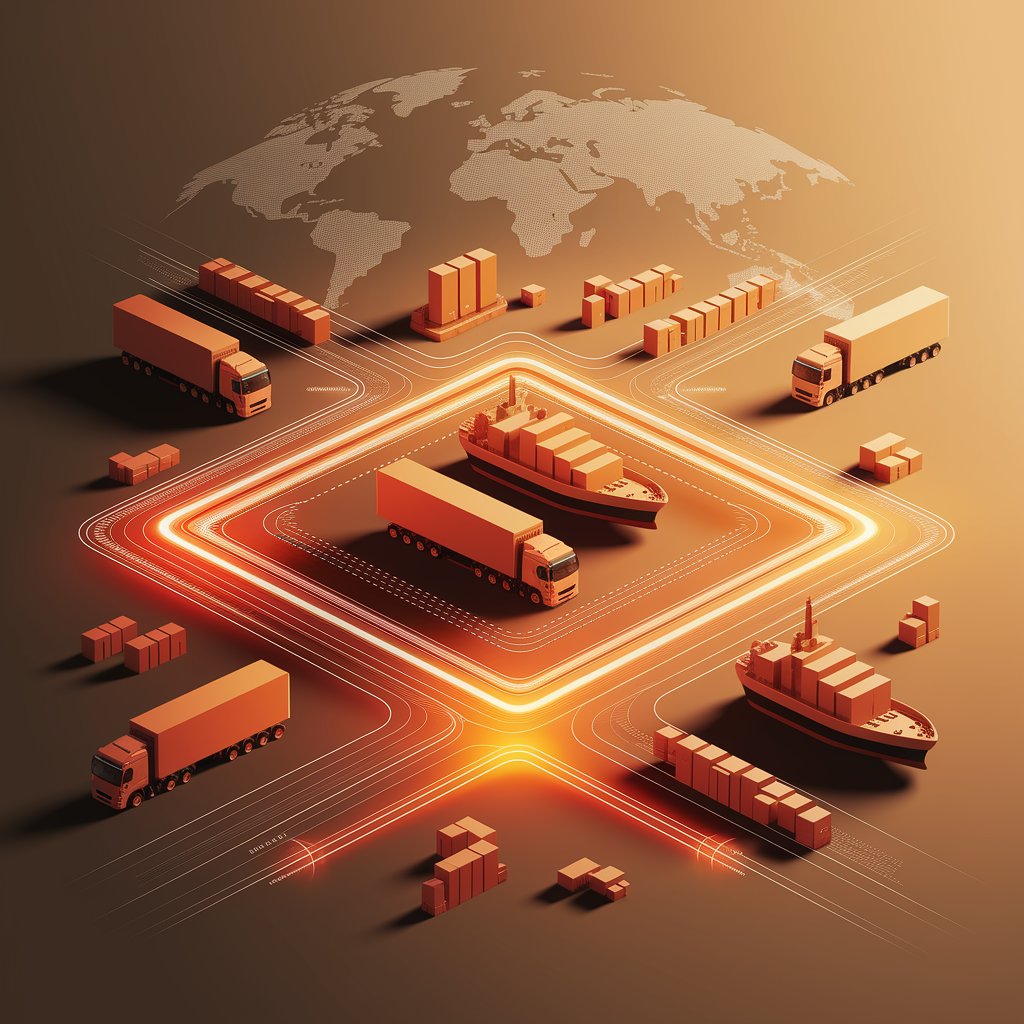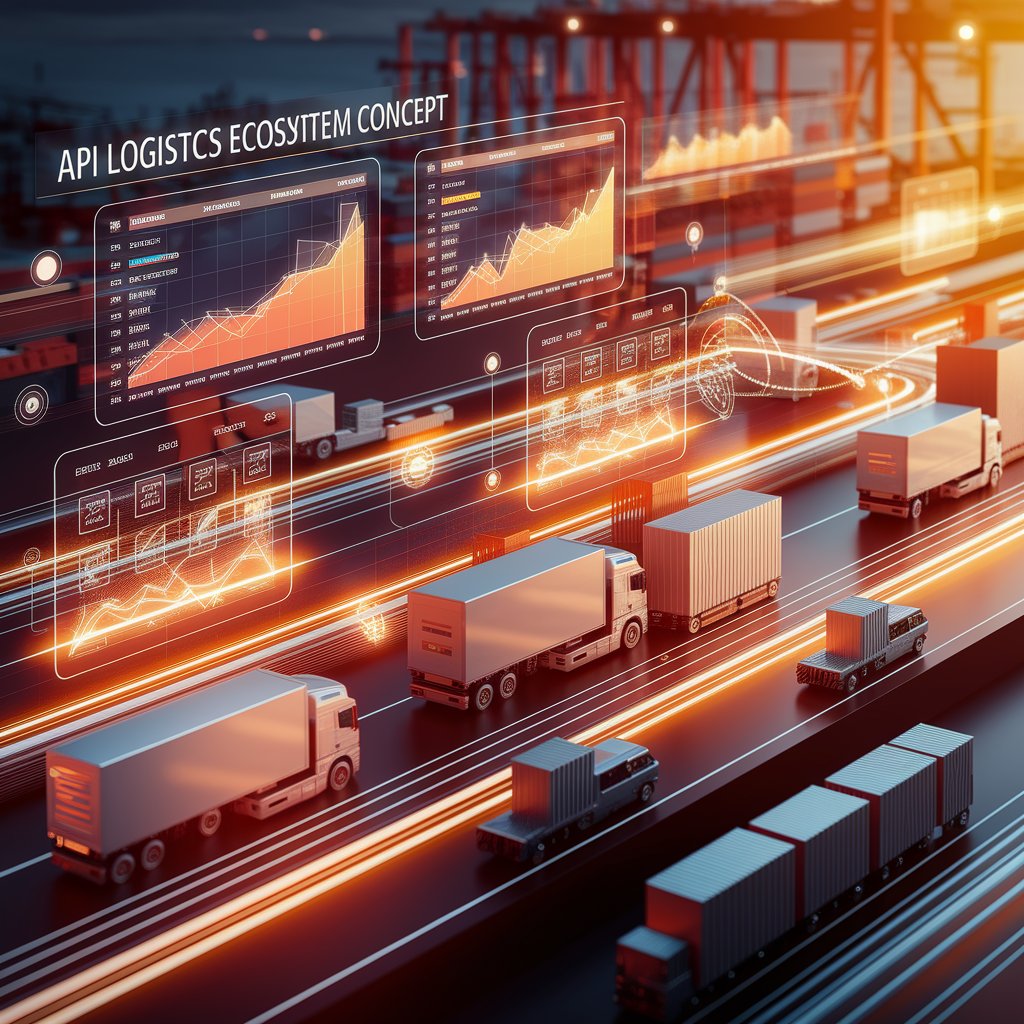API Logistics Ecosystem: Connecting Supply Chains in Real Time

Introduction
This is where an API logistics ecosystem becomes critical. By enabling seamless integration between logistics systems, APIs break down data silos, automate processes, and power real-time supply chain collaboration.
What Is an API Logistics Ecosystem?
An API logistics ecosystem is a network of connected logistics platforms and services that communicate through application programming interfaces (APIs). It ensures that transportation, warehousing, customs, and financial systems share accurate, real-time data.
This integration enables logistics providers to move from fragmented workflows to a single, unified digital ecosystem.

Key Features of an API Logistics Ecosystem
- System Interoperability: Connect TMS, WMS, ERP, CRM, and carrier systems.
- Real-Time Data Sharing: Ensure shipment and inventory data is always up-to-date.
- Custom Integrations: Adapt APIs to fit business-specific processes.
- Scalability: Handle growing partners and data flows seamlessly.
- Automation: Eliminate repetitive tasks like rekeying data.
Benefits for Logistics Providers
- Improved Efficiency: Reduce delays caused by disconnected systems.
- Faster Decision-Making: Access accurate data instantly.
- Customer Transparency: Share live updates with clients.
- Cost Savings: Eliminate manual processes and errors.
- Flexibility: Easily connect with new carriers, suppliers, or clients.

Real-World Applications
- Freight Forwarders: Integrate rate management, bookings, and invoicing into one workflow.
- Carriers: Connect fleet data directly with customer portals.
- 3PLs: Provide clients with end-to-end visibility by connecting multiple systems.
- E-commerce Logistics: Sync orders, fulfillment, and shipping in real time.
The Future of API-Driven Logistics Ecosystems
As logistics becomes more digital, APIs will evolve from connectors into intelligent ecosystems. With AI, IoT, and blockchain integration, future logistics APIs will not only share data but also validate compliance, forecast disruptions, and trigger automated responses—turning the ecosystem into a proactive decision-making network.

Conclusion
An API logistics ecosystem transforms fragmented supply chains into connected, real-time networks. By enabling system interoperability, automation, and data transparency, it empowers logistics providers to improve efficiency, reduce costs, and enhance customer satisfaction. For companies seeking a competitive edge, building an API-powered ecosystem is the key to future-ready logistics.
